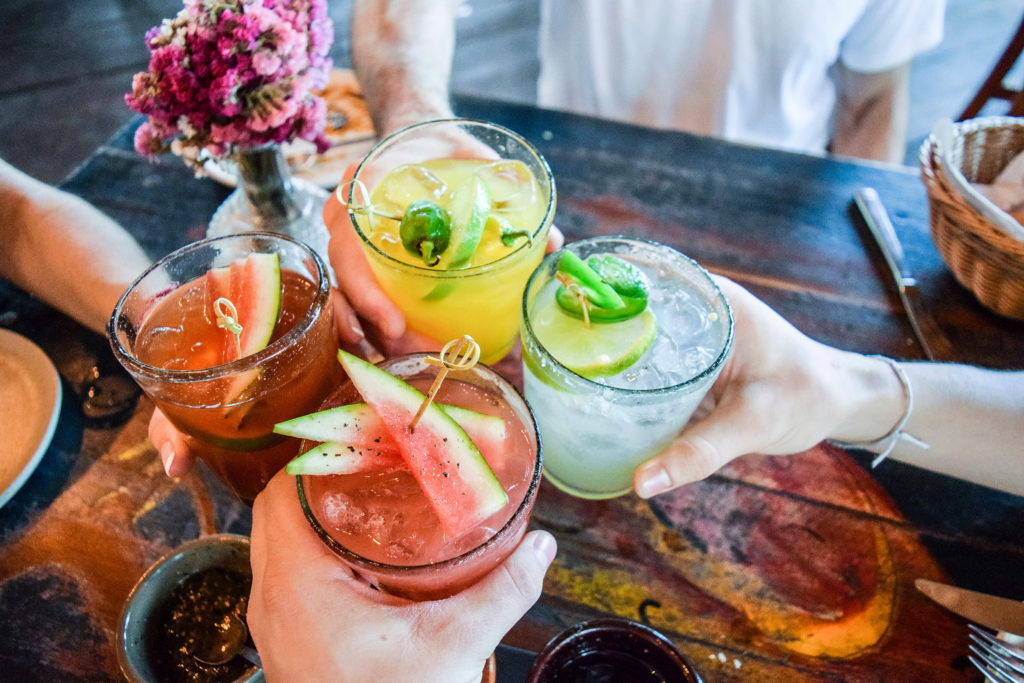Bars, Parties, and Sexual Aggression: Implications for Prevention
Recently, highlights from an article in the Journal of Studies on Alcohol and Drugs have made headlines and popped up around social media. The research article, Examining the Roles of Heavy Episodic Drinking, Drinking Venues, and Sociosexuality in College Men’s Sexual Aggression, concludes that college men who more frequently attend parties or go to bars are more likely to be sexually aggressive and are more likely to be men with impersonal sexual orientation. Alcohol use and preference for impersonal sex are risk factors for sexual violence.
While this study is not nationally representative, the findings do spark a conversation about prevention strategies. The study’s findings combine both individual-level and environmental-level risk factors for sexual violence perpetration. Practitioners can use this information to advance situational prevention strategies.
Situational prevention is adapted from Crime Prevention through Environmental Design (CPTED), and has shown success in reducing binge drinking and associated negative health outcomes. Individual-level prevention strategies, while a necessary component of comprehensive prevention, often don’t have the widest impact, but situational prevention strategies combine knowledge of individual-level factors with places and environments that enable risk factors to flourish. These environments are often parties or bars that encourage heavy drinking, similar to the locations and conclusions of this study.
 How can prevention practitioners use situational prevention to prevent sexual aggression, like in the cases of this study? Bar staff and bar goers benefit from bystander intervention training, and rearranging the physical space of bars so that alcohol is not the center of attention limits opportunities for alcohol-facilitated sexual assault, too. Bars and parties can offer safe, affordable rides home, attractive non-alcoholic drinks, snacks and other food, and a coat-check that serves as a bystander intervention check-in and check-out point. These are only a few sample ideas applied to the situations of this study, and many more successes in situational prevention are likely to come about as this work expands.
How can prevention practitioners use situational prevention to prevent sexual aggression, like in the cases of this study? Bar staff and bar goers benefit from bystander intervention training, and rearranging the physical space of bars so that alcohol is not the center of attention limits opportunities for alcohol-facilitated sexual assault, too. Bars and parties can offer safe, affordable rides home, attractive non-alcoholic drinks, snacks and other food, and a coat-check that serves as a bystander intervention check-in and check-out point. These are only a few sample ideas applied to the situations of this study, and many more successes in situational prevention are likely to come about as this work expands.
Men in bars are not inherently dangerous, and certain environments can encourage dangerous or violent behavior. Prevention practitioners have the knowledge and skills to shift these environments from those that promote heavy drinking to those that promote responsible imbibing and healthy relating. Happy hour should be happy, and engaging alcohol-serving establishments in situational prevention can ensure bar patrons and party-goers experience that.
Here are additional resources on situational prevention and preventing violence through partnerships with alcohol-serving establishments:
- Blog “Situational prevention to end sexual violence on campuses“
- Publication “Enhancing Campus Sexual Assault Prevention Efforts Through Situational Interventions“
- Web conference recording and guest profiles “Addressing Access to Alcohol and Alcohol Environments for Sexual and Domestic Violence Prevention“
- Podcast series “Partnering with Bars to Prevent Sexual Violence Across North Carolina“
- NSAC 2015 workshop recording “Developing Bystander Training for Bars Around College Campuses: Lessons Learned from Arizona Safer Bars Alliance“
